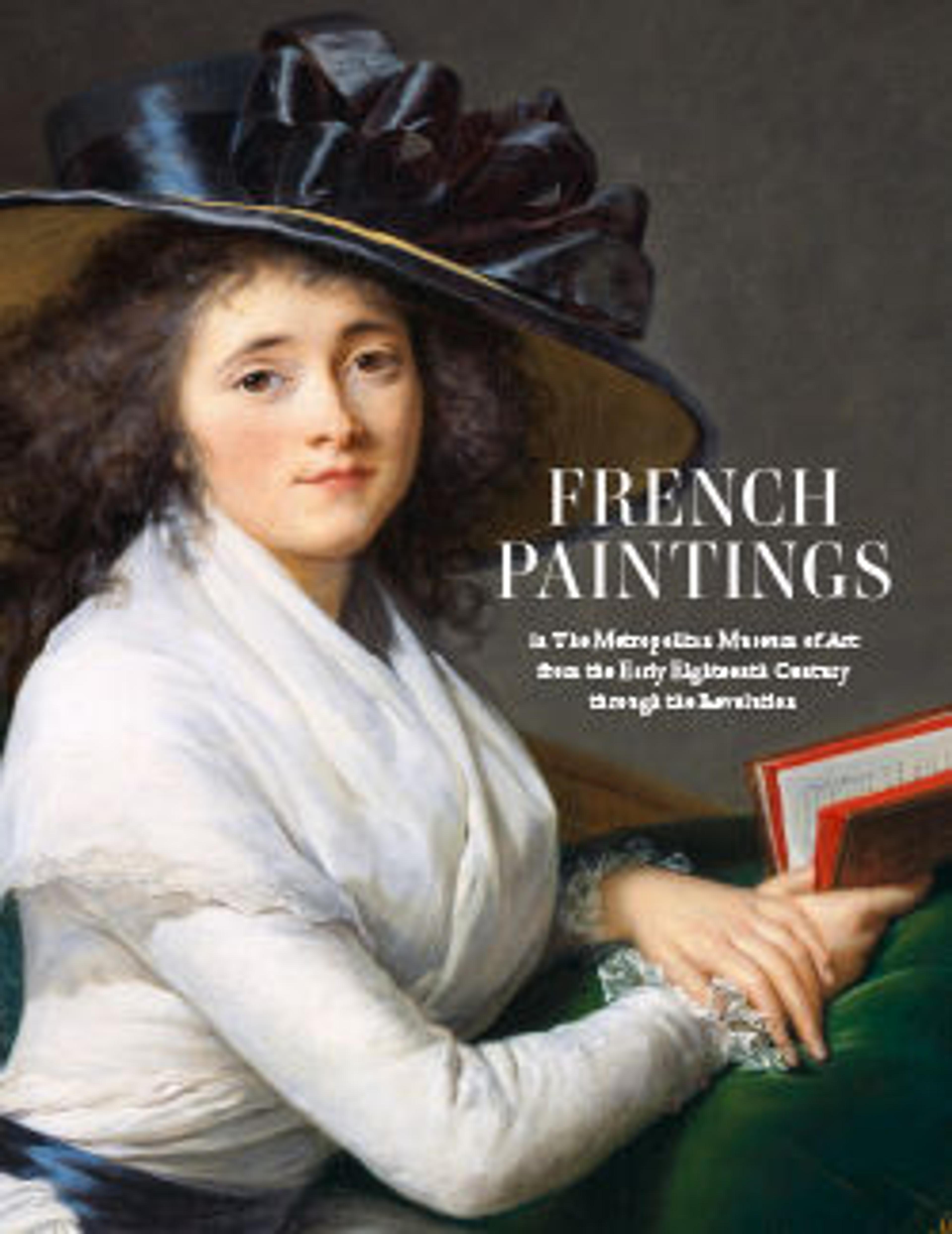Jupiter, in the Guise of Diana, and Callisto
This painting, shown with its pendant at the Salon of 1765, epitomizes Boucher’s treatment of the so-called "Loves of the Gods," based on Ovid’s Metamorphoses (completed A.D. 8). Jupiter (symbolically represented as an eagle) has transformed himself into the goddess Diana (identified by the small crescent moon on her forehead) in order to seduce Diana’s maiden follower, Callisto. The disguise and sapphic conceit allowed Boucher to depict not one, but two scantily clad women. Bodies bisecting the oval format, the clouds, and the elaborate rush of draperies contribute to create a deliberately unstable depiction of space.
Artwork Details
- Title: Jupiter, in the Guise of Diana, and Callisto
- Artist: François Boucher (French, Paris 1703–1770 Paris)
- Date: 1763
- Medium: Oil on canvas
- Dimensions: Oval, 25 1/2 x 21 5/8 in. (64.8 x 54.9 cm)
- Classification: Paintings
- Credit Line: The Jack and Belle Linsky Collection, 1982
- Object Number: 1982.60.45
- Curatorial Department: European Paintings
More Artwork
Research Resources
The Met provides unparalleled resources for research and welcomes an international community of students and scholars. The Met's Open Access API is where creators and researchers can connect to the The Met collection. Open Access data and public domain images are available for unrestricted commercial and noncommercial use without permission or fee.
To request images under copyright and other restrictions, please use this Image Request form.
Feedback
We continue to research and examine historical and cultural context for objects in The Met collection. If you have comments or questions about this object record, please complete and submit this form. The Museum looks forward to receiving your comments.
